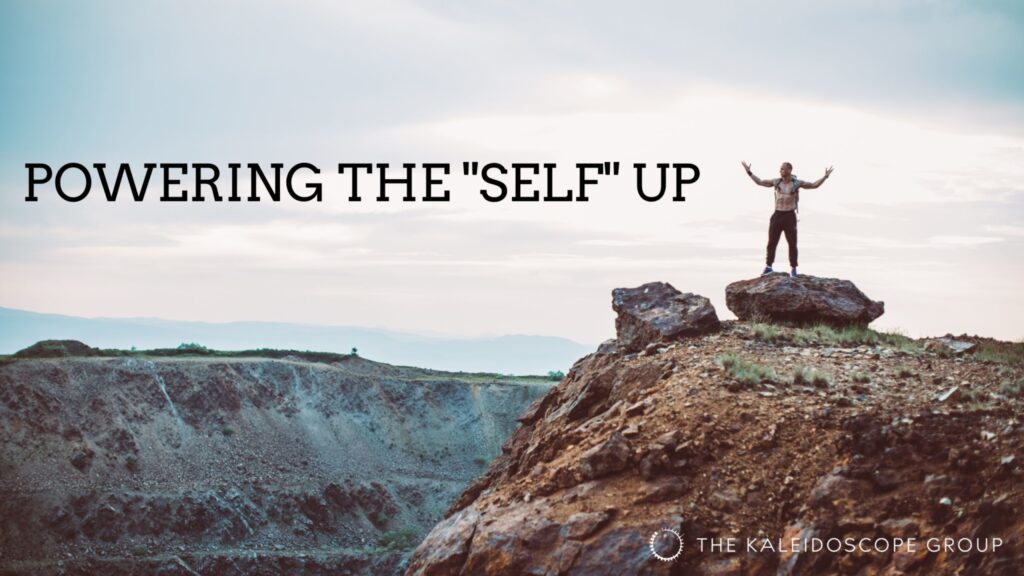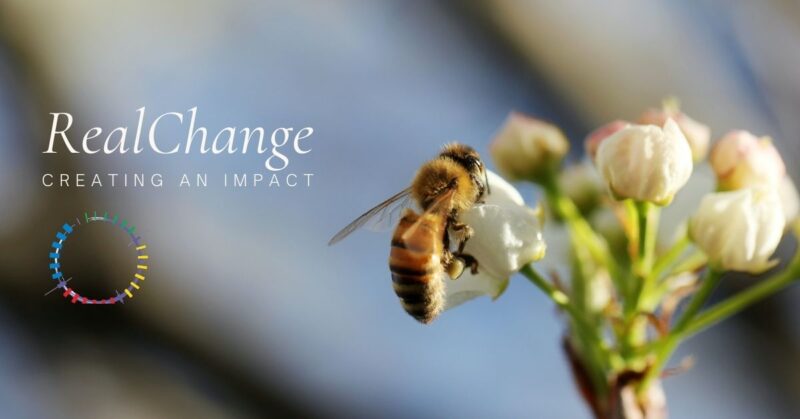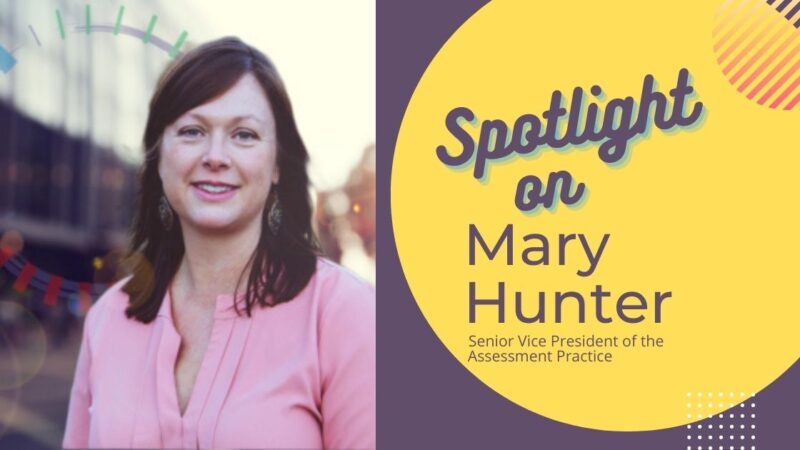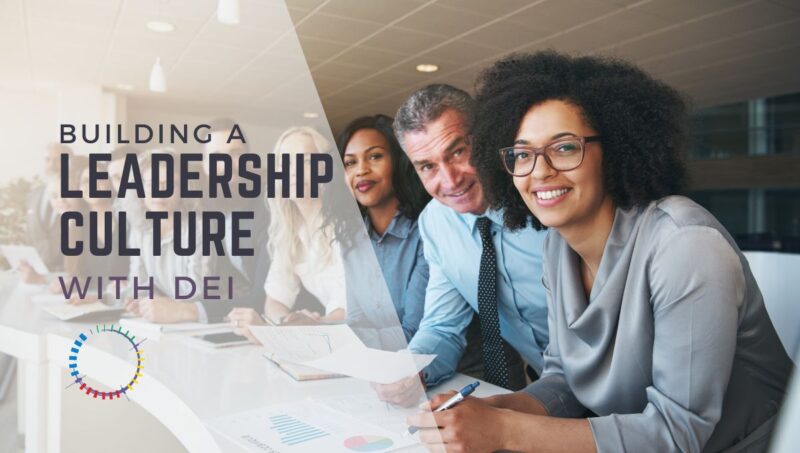Powering The “Self” Up
July 26, 2022

Behavior change is a dynamic, iterative process that cannot be achieved by training alone.
In this second part of a 6-part series on designing for behavior change and habit adoption to create robust DEI habits in your organization, Hanlie van Wyk explains how a formula for behavior change and habit adoption can be applied to increase the success rate of changing behaviors over time.
In Hanlie’s previous article, I argued that increasing knowledge – for example, DEI training or education on unconscious bias – is important but insufficient for changing behavior. Behavior change is a dynamic, iterative process that cannot be achieved by training alone.
According to a collective of actuaries and psychologists at The Behavioral Research and Applied Technology Laboratory, there is a formula for behavior change and habit adoption that can be applied to increase the success rate of changing behaviors over time.
The formula addresses the four contexts we find ourselves living in every day: Self, Social, Spaces, and Systems. In the context of Self – our personal thoughts, emotions, decisions, self-narratives, beliefs, values, and filters imposed on information coming in from the outside world – the formula prompts the following questions in terms of adopting behaviors that are equitable and inclusive:
- How might it make learning and practicing new behaviors easier for ourselves?
- How can we compel ourselves to act in ways that are increasingly more inclusive?
- How may we overcome mental barriers to the topic of DEI?
- Could we adjust our mindsets or stories to remove the distractions or temptation that has us falling back on old behaviors that feel familiar despite being unhelpful?
Foster a Learning Self – developing the competence and confidence to succeed.
Social learning theory includes the construct of self-efficacy as an important component of behavior change. Self-efficacy is a function of the perception that outcomes will result from engaging in a behavior and perceiving one’s own ability to successfully execute those behaviors. Education plays a role in both components of self-efficacy. Knowledge and beliefs impact behavior-specific self-efficacy, outcome expectancy, and goal congruence.
While changing behavior and practicing new habits, self-regulation becomes a critical component of success. This is the process used to change behavior and includes activities such as goal setting, self-monitoring, reflective thinking, decision making, planning for, and engaging in specific behaviors. It also requires self-evaluating and self-managing physical, emotional, and cognitive responses associated with behavior change.
This is no small feat and requires a substantial level of motivation.
Stay Inspired – compelled into action to create new habits.
The Desire and motivation to change are considered prerequisites to adopting new behaviors, and self-reflection coupled with an increase in awareness accelerates progress. Increasing a person’s awareness of why they need to make the change often includes explaining how the behavior change will result in a desirable outcome. In the context of Self, there is growing evidence that person-centered interventions are more effective than standardized interventions when facilitating behavior change. Being able to effectively address the question “Why or how will it matter to me?” will open an avenue to internal motivations that may have longevity past the initial external motivators such as “it’s the right thing to do”.
Breaking Bad – the obstacles that get in the way.
We all encounter roadblocks and resistance to doing things differently. It is natural to discover things about yourself that you find change hard or uncomfortable. Sometimes it may even feel that you are working against yourself or others and it can be a very lonely place. Some of these barriers are mental and others may arise as a result of your social environment. Each needs an approach and some fortitude to overcome. One such approach is to perpetually reframe the reasons and excuses that habitually creep into our daily interactions. When you experience yourself or others dabbling in justifications and rationalizations when it comes to DEI, be kind but firm. What you are hoping to cultivate is a growth mindset. Prof. Carol Dweck explains the meaning of a growth mindset in this Harvard Business Review article:
“Individuals who believe their talents can be developed (through hard work, good strategies, and input from others) have a growth mindset. They tend to achieve more than those with a more fixed mindset (those who believe their talents are innate gifts)”
What you want to avoid is learned helplessness. The phenomenon called learned helplessness is not an innate trait. When we start to understand (or believe) that we have no control over what happens to us, we begin to think, feel, and act as if we are helpless. The antidote to this is Prof. Martin Seligman’s model of learned optimism. He found that, through resilience training, people can learn to develop a more optimistic perspective. This ability has been researched and observed amongst others in children, teachers, and members of the military.
Tripping Me Up – resisting temptations that keep us from practicing good habits.
Two things to keep in mind here: Notice how external influences or internal uncertainties may make you doubt yourself. In her book, Feel The Fear And Do It Anyway, Susan Jeffers concludes that all fear is ultimately about one very simple thing—our own innate fear that, “I can’t handle it.” The Oxford Dictionary defines it as a disagreeable emotion based on the belief that somebody or something is hazardous and apt to cause hurt or pose a risk. This belief, whether real or imagined, activates neural pathways in the brain. We may find ourselves feeling uncomfortable and yearning for certainty. Certainty may be found in the lure of our old familiar behaviors. When resisting this temptation, we need to manage the external influences and show courage in action.
By fostering our inner selves and carefully curating personal thoughts, emotions, decisions, self-narratives, beliefs, values, and filters we can strengthen the resolve to keep practicing the behaviors that evolve us towards being equitable and inclusive human beings.
In Hanlie’s next article, we will explore the context of Social and the concept of social contagion.


